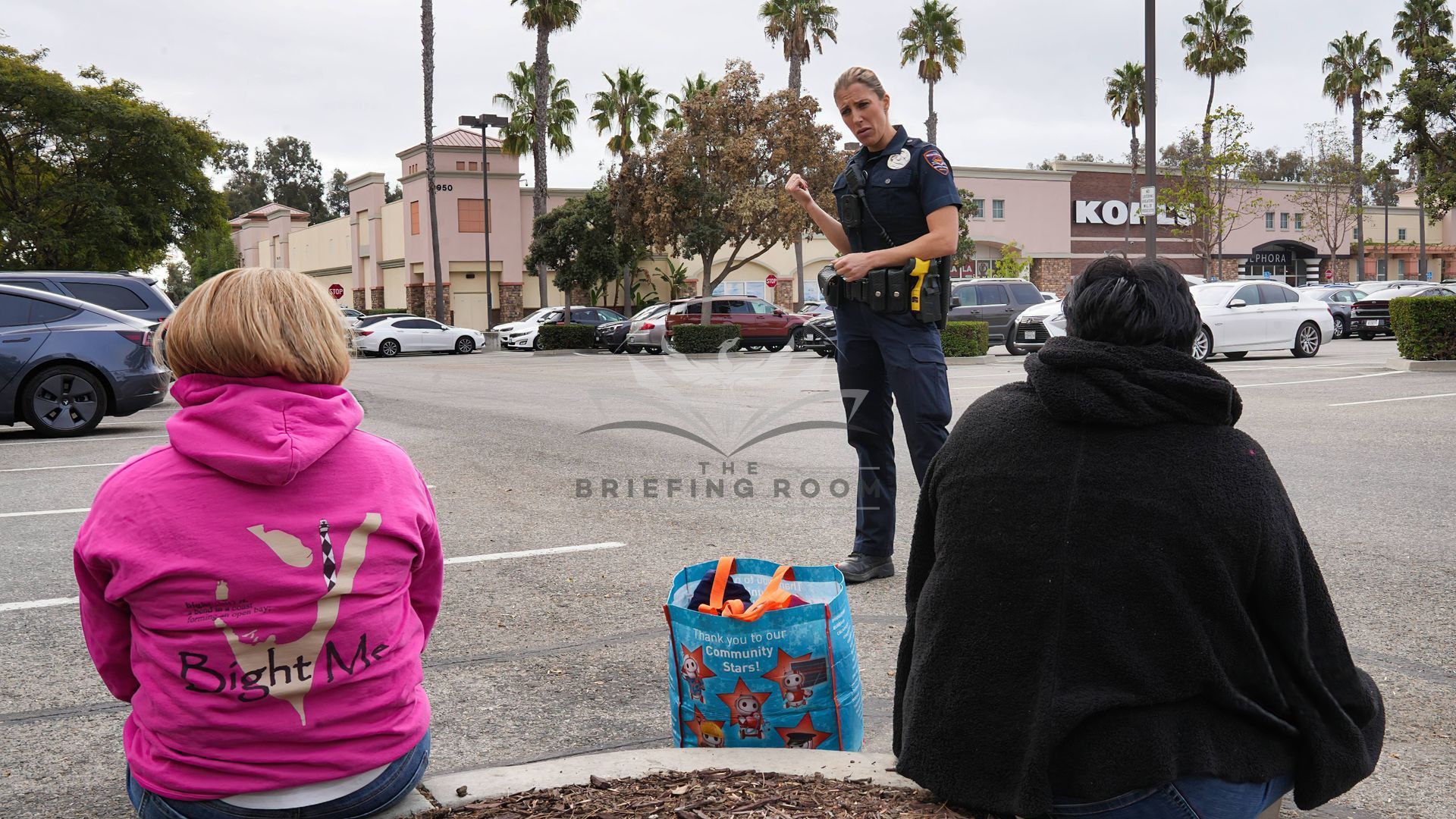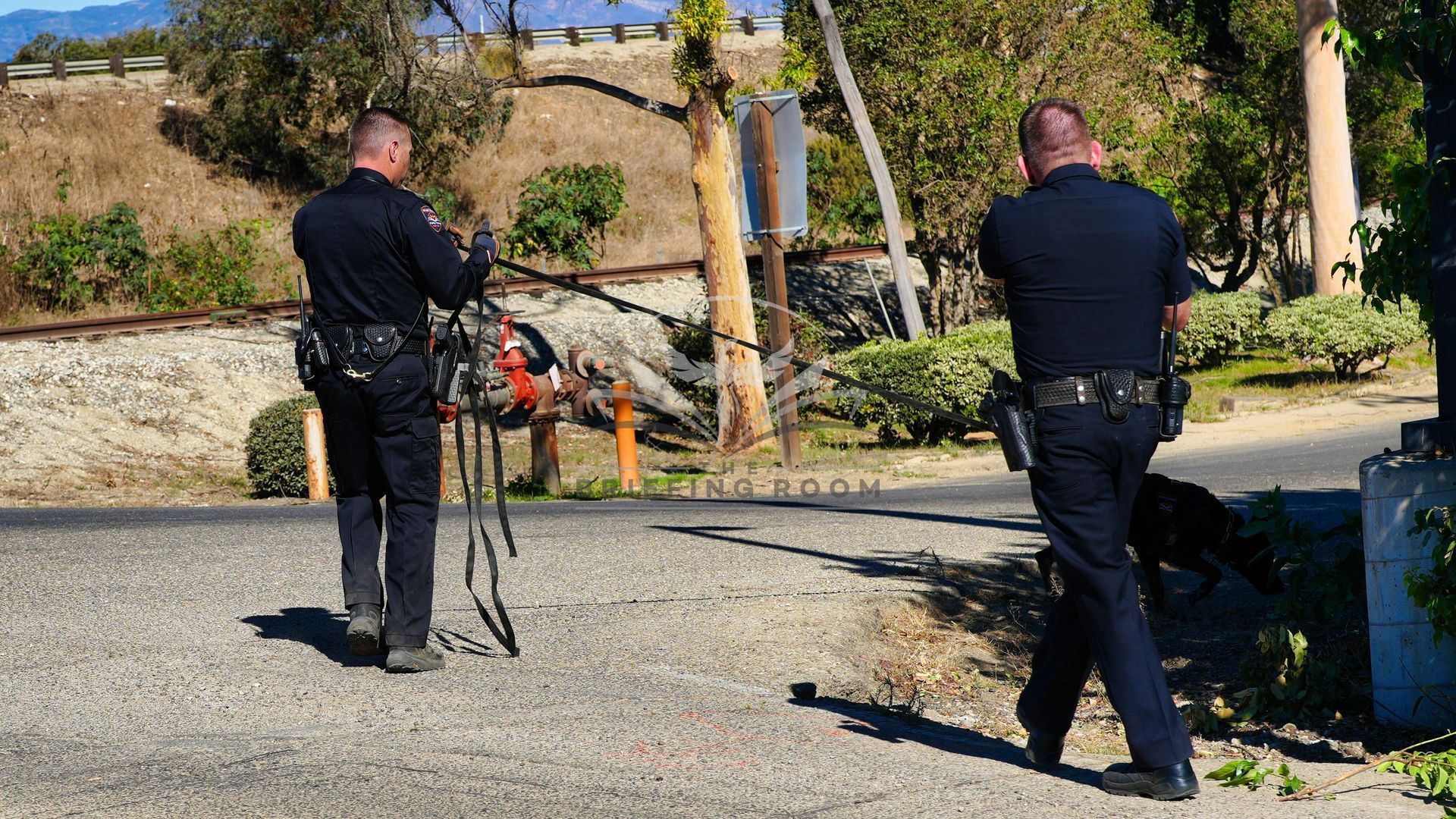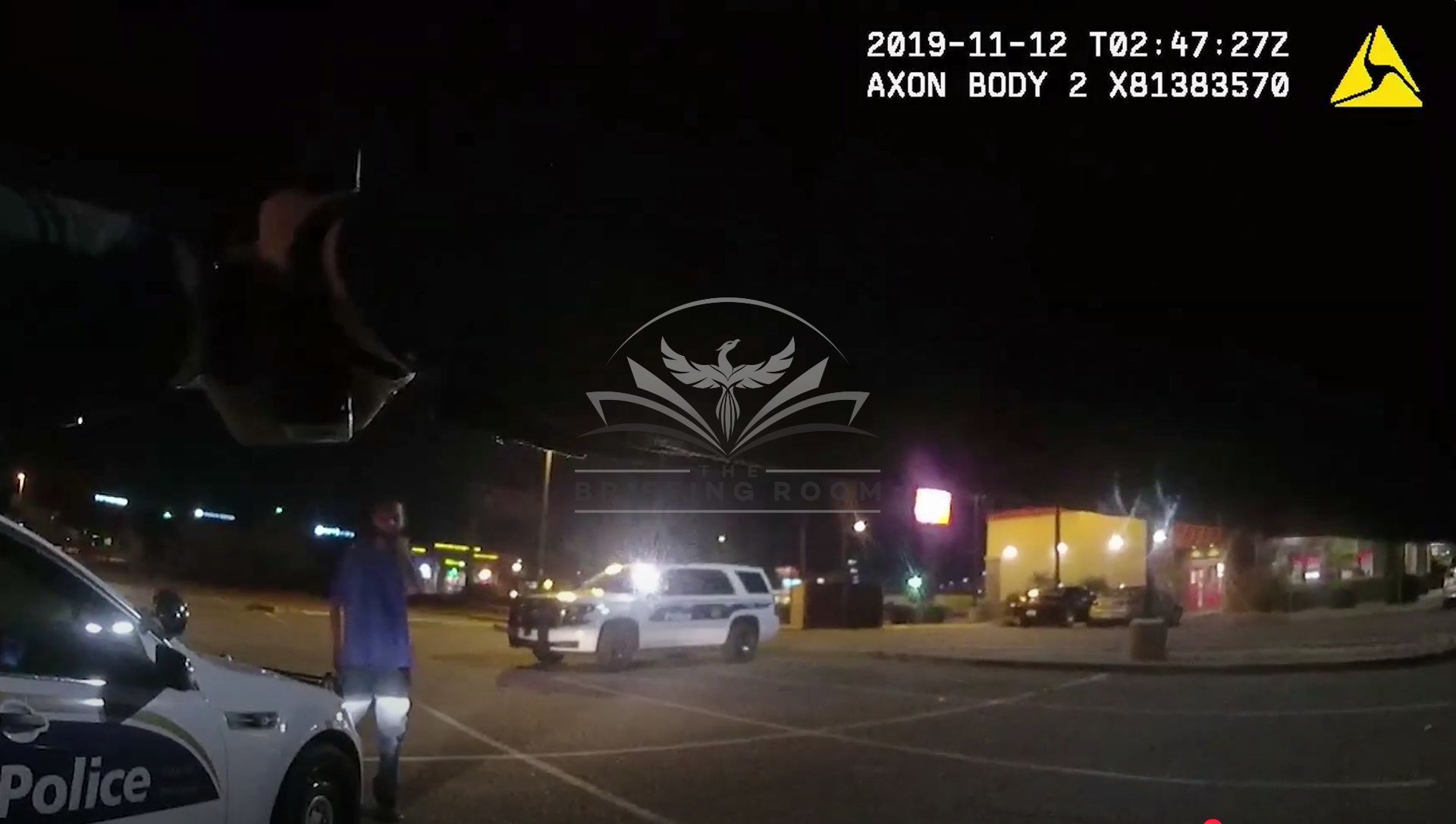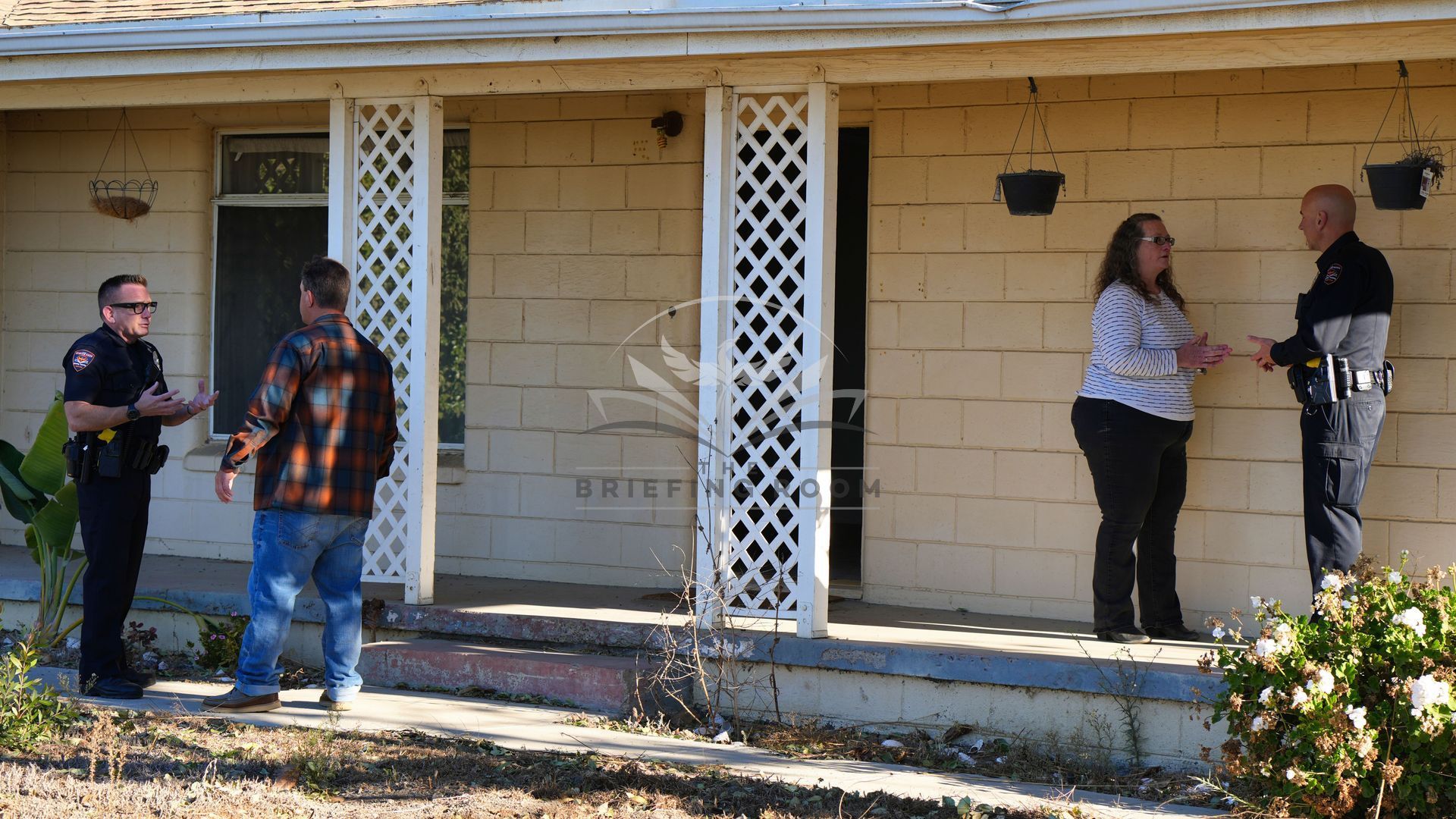California's Proposition 36: Navigating The Changes

This post is offered as a discussion topic only and does not represent legal advice. Officers must refer to the laws in their own State as well as their agency's policies, which can be more restrictive on officers than the law requires.
On November 5, 2024 California voters approved the passage of Proposition 36, also known as “The Homelessness, Drug Addiction, and Theft Reduction Act”. The intent of the proposition is to reform laws that dramatically increased homelessness, drug addiction, and theft throughout California.
The proposition can really be broken down into three sections. Laws that affect drug users, laws that affect drug dealers and laws designed to create greater accountability for people who commit repeated thefts or smash and grab thefts.
Let’s start with drug users. This proposition created Health and Safety Code 11395, also known as the “Treatment-Mandated Felony Act”. Under this new “treatment-mandated felony,” prosecutors would have the discretion to charge a felony for hard drug possession after two previous drug convictions. If charged with this “treatment-mandated felony” for a third or subsequent drug offense, the offender would be given the option of participating in drug and mental health treatment. If the offender successfully completes drug and mental health treatment, the charge would be fully expunged, and the offender would receive no jail time. If the offender refuses drug and mental health treatment, they would serve jail time for hard drug possession. For a second conviction of the treatment-mandated felony (the fourth total conviction for hard drug possession), a judge would have the option of imposing time in jail or state prison. Along with hard drug and mental health treatment, offenders charged with a treatment-mandated felony would be offered shelter, job training, and other services designed to break the cycle of addiction and homelessness.
Regarding drug dealers, the proposition added Health and Safety Code 11369, which is known as Alexandra’s Law. This law authorizes greater consequences for hard drug dealers whose trafficking kills or seriously injures a person who uses those drugs, and it provides a mechanism where judges warn convicted hard drug dealers and manufacturers that they can be charged with murder if they continue to traffic in hard drugs and someone dies as a result.
Proposition 36 also amended Health and Safety Codes 11370.1 and 11370.4, adding non prescription Fentanyl to those sections, making it a felony to possess Fentanyl while armed with a loaded, operable firearm or who sell large quantities of Fentanyl. The sentencing guidelines for Fentanyl quantities vary greatly and the list can be found within HS11370.4.
It also amends Penal Code section 12022(c)(1), allowing judges to sentence drug dealers who traffic in large quantities of hard drugs or who are armed with a firearm while trafficking in hard drugs to state prison instead of local county jails.
And finally, for shoplifters and thieves, the first thing it did is create Penal Code Section 490.3 which says, “Notwithstanding any other law, in any case involving one or more acts of theft or shoplifting, including, but not limited to, violations of Sections 459.5, 484, 488, and 490.2, the value of property or merchandise stolen may be aggregated into a single count or charge, with the sum of the value of all property or merchandise being the values considered in determining the degree of theft.”
It also created Penal Code Section 666.1, which says, “666.1(a)(1)Notwithstanding any other law, a person who has two or more prior convictions for any of the offenses listed in paragraph (2), and who is convicted of petty theft or shoplifting, is punishable by imprisonment in the county jail not exceeding one year or pursuant to subdivision (h) of Section 1170. A second or subsequent conviction of this section is punishable by imprisonment in the county jail not exceeding one year or by imprisonment in the state prison.” The offenses in section 2 are all related to theft and include shoplifting, petty theft, robbery, burglary, receiving stolen property and identity and mail theft.
And lastly, it adds Penal Code Sections 12022.6 and 12022.65 which authorizes judges to impose enhanced penalties when someone steals, damages or destroys property by acting together with two or more other people OR by causing losses of $50,000 or more.
As always, you can find the full text of Proposition 36 and all the statutory sections mentioned in this blog in the additional resources of your TheBriefingRoom.com subscription, you can click here to go directly to the lesson if you are a subscriber.
This blog topic serves as a summary of our video lesson on this crucial topic. If you're interested in accessing the full video lesson and additional resources, click the link to register for your free 30-day trial.
The Briefing Room has a short training video available on this exact scenario so agency supervisors can easily train every officer in your agency on this essential topic.
90-Second Training Videos Your Supervisors Use During Briefing or Roll Call To Develop High-Performing Teams of Officers.
✅ Lower Liability
✅ Retain Officers
✅ Build Community Support
🌟 Produced Exclusively by Active-Duty Law Enforcement Instructors 🌟



